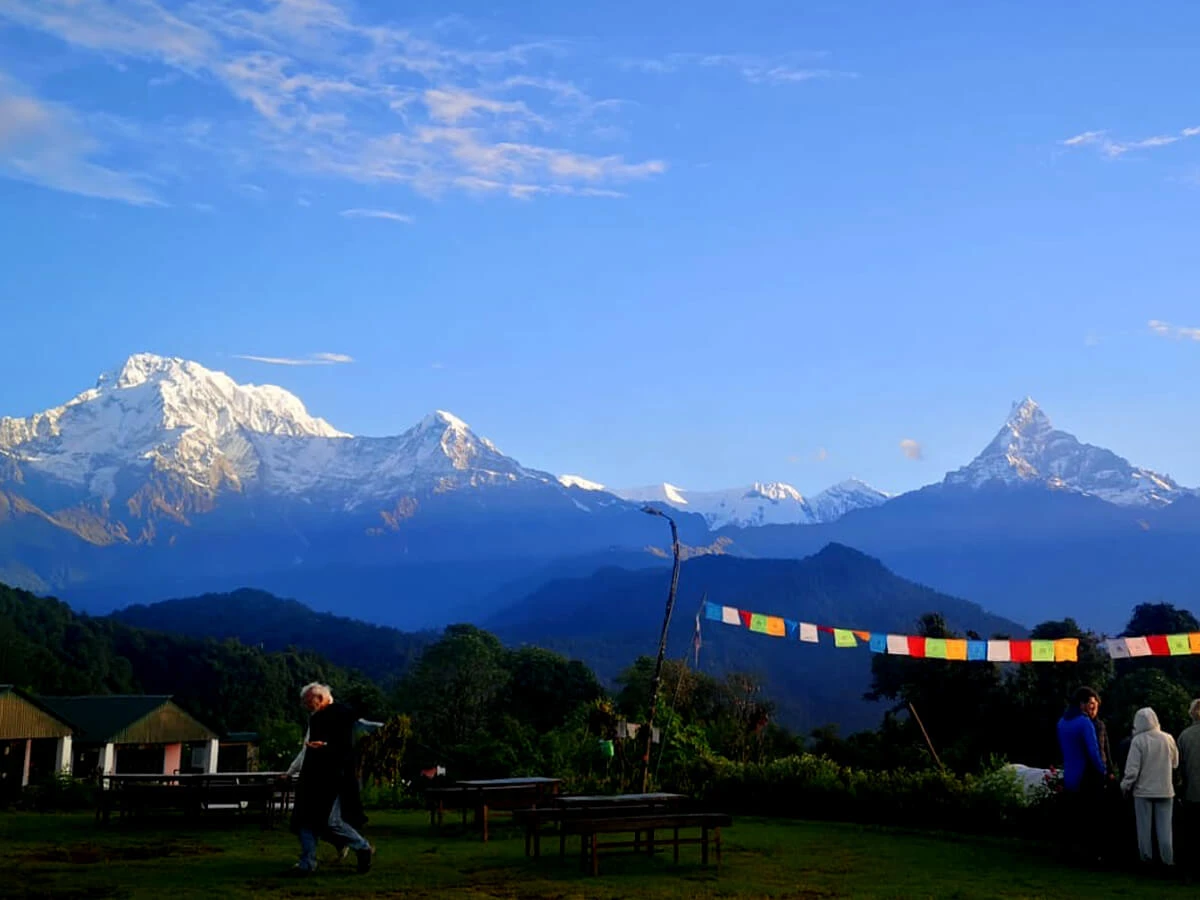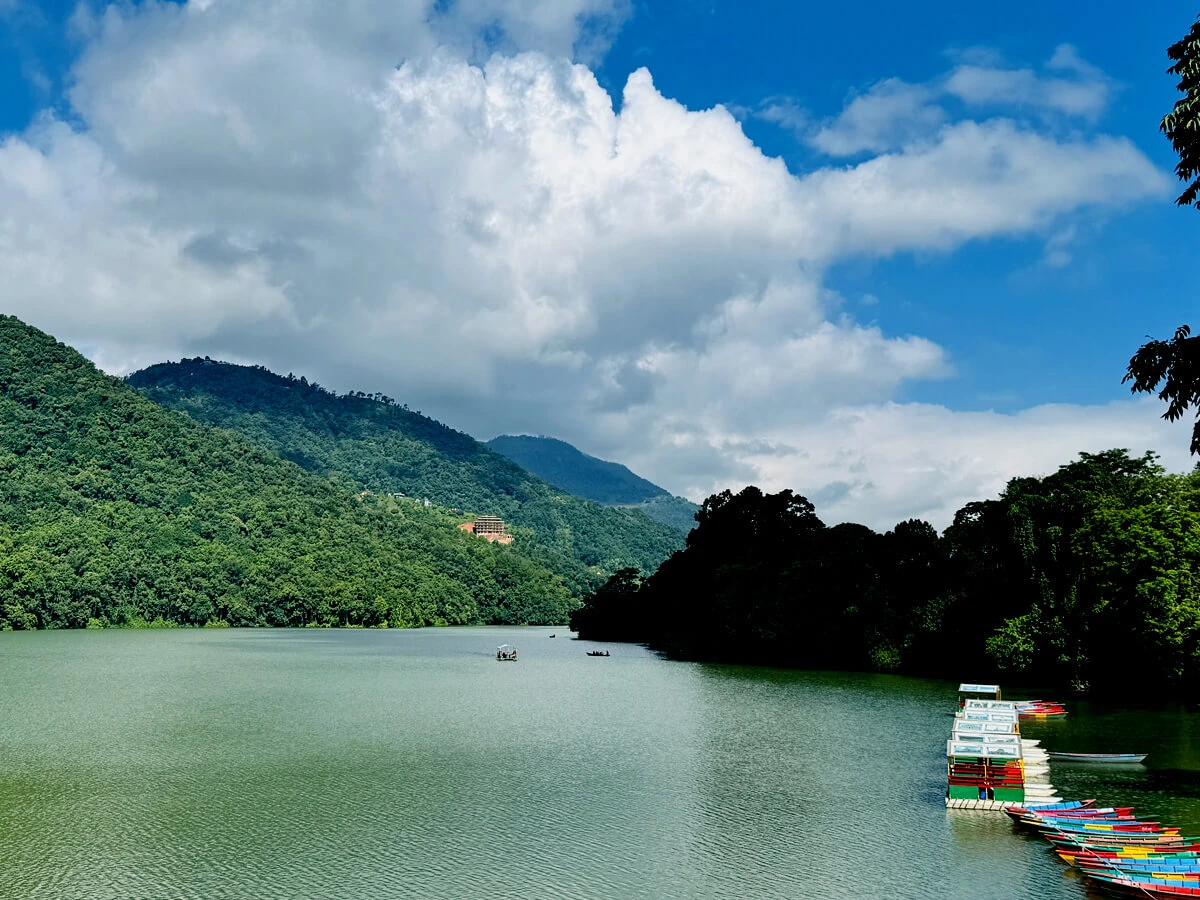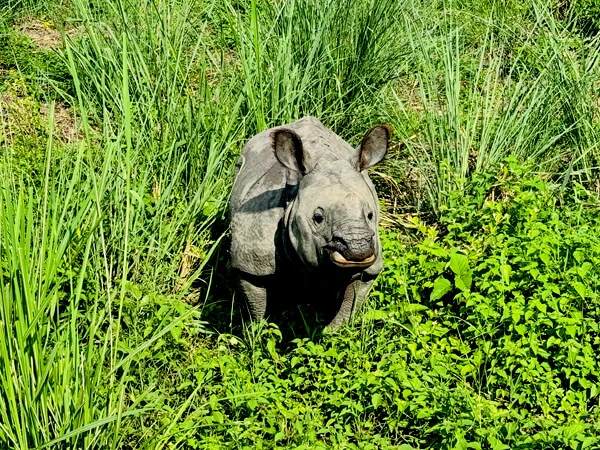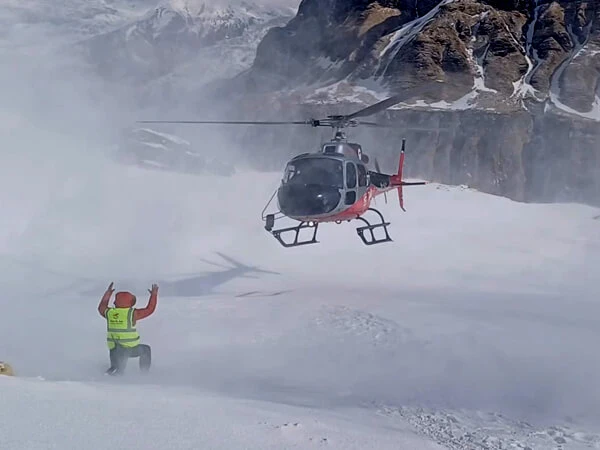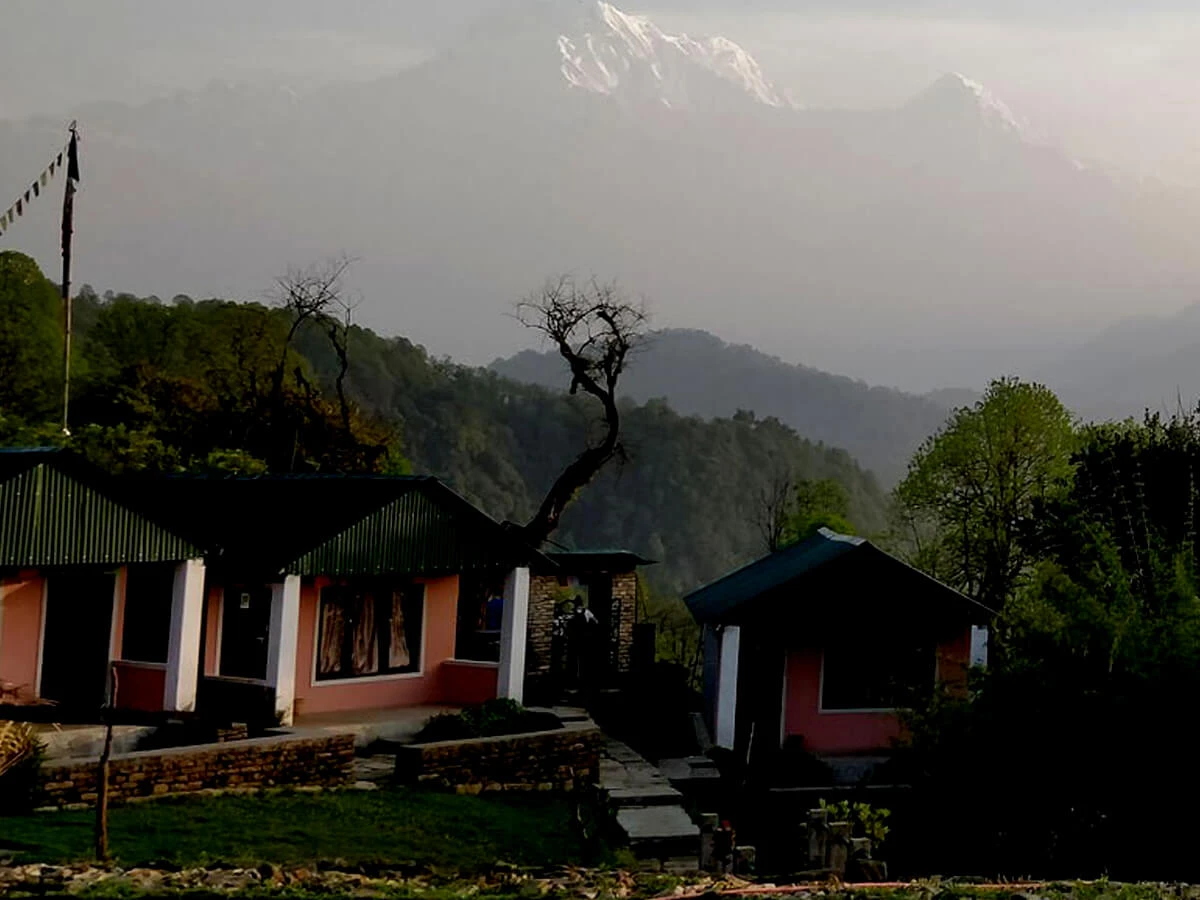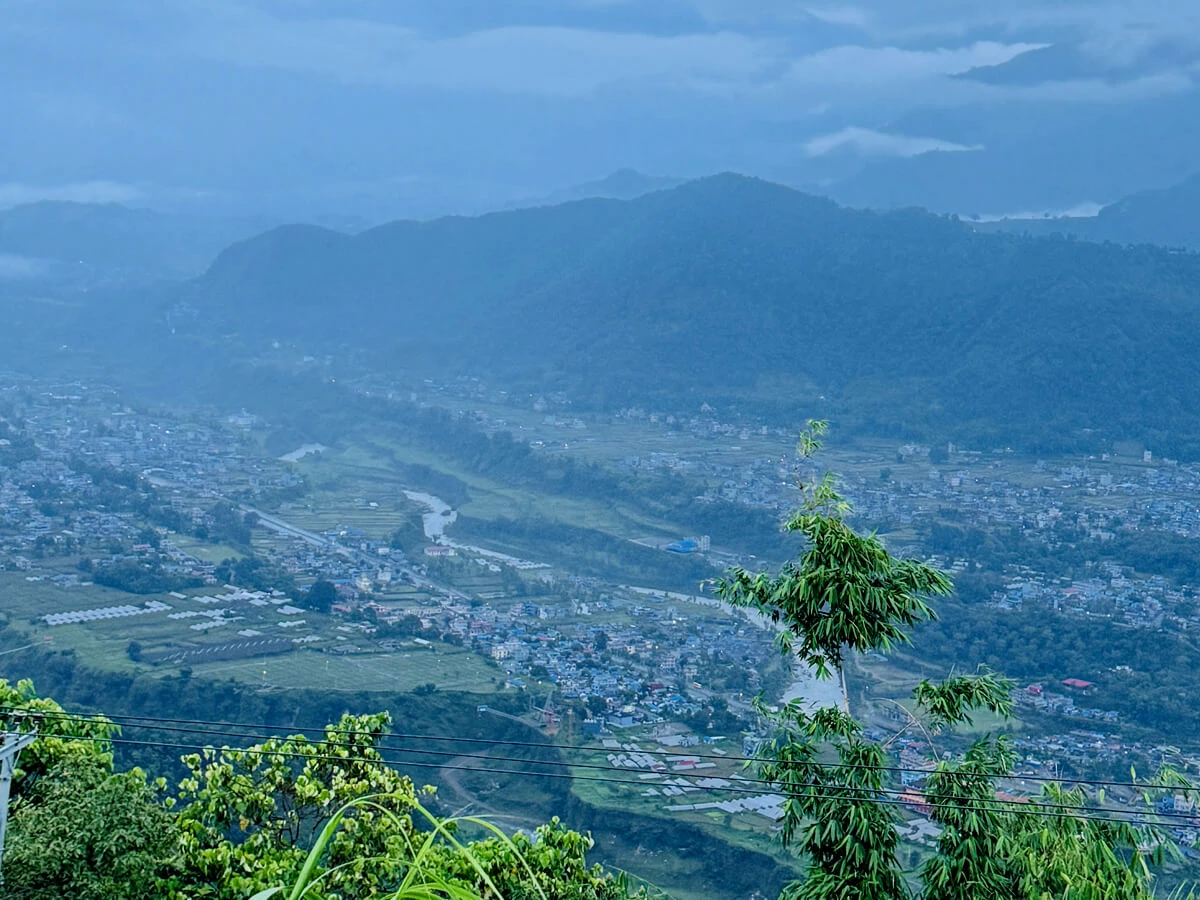Dhampus Sarangkot Hiking Price
The cost of the Dhampus Sarangkot hiking trek varies based on the package you choose. The average price is 200 to 400 per person for a 2-3 3-day trek from Pokhara. This usually includes transportation (Pokhara to Phedi and Sarangkot to Pokhara), meals (breakfast, lunch, and dinner), a tea house or lodge stay, and the services of a guide. If you decide to take a porter, that will be an additional 15 to 25 per day. Private transfers and superior rooms in luxury tours may be costlier.
Optimum Time to Hike Dhampus Sarangkot
The optimum time to hike to Dhampus Sarangkot is spring (March to May) and autumn (September to November). The sky is clear and the weather is stable at this time, offering the best Himalaya views. The temperatures are nice, so the hike is pleasant. The spring season is full of blooming rhododendrons and greenery, and autumn has cool weather and good scenery. Winter (December to February) is an option, but it could be chilly, especially at higher altitudes. The monsoon (June to August) is not ideal for rain and slippery trails.
Dhampus Sarangkot Hiking Itinerary
Below is a typical Dhampus Sarangkot hiking itinerary:
Day 1: Pokhara to Phedi drive (35 minutes), trek to Dhampus (3 hours). Overnight at Dhampus.
Day 2: Trek from Dhampus to Sarangkot (5 hours). Overnight at Sarangkot.
Day 3: Sarangkot sunrise view, trek/drive back to Pokhara (1.5 hours).
This itinerary can be adjusted based on your preference and time.
Dhampus Sarangkot Hiking Guide and Porter
Though the trek to Dhampus Sarangkot is an easy one and well-marked, it is advisable to hire a guide, particularly if you are an inexperienced trekker. A guide will give you insight into the local history, culture, and nature, and will make your experience richer. A guide will cost you around 20to20to30 per day. If you are not fond of carrying your backpack, there is the option to hire a porter for about 15to15to25 per day. Porters can carry up to a weight of 15-20 kg, allowing you to hike with greater convenience.
Do We Need a Permit for Dhampus Sarangkot Hiking?
There is no permit required for the Dhampus Sarangkot trek since it is within the Annapurna Conservation Area.
Dhampus Sarangkot Hiking Difficulties
The Dhampus Sarangkot trek is easy to moderate in level. The tracks are well kept, and the rise in altitude is minimal, so it can be done by anyone of any age and physical fitness. Steep ups and downs on certain sections of the track may prove to be tough for beginners. Good trekking shoes and good physical fitness are recommended. No technical expertise or experience in trekking is required.
Dhampus Sarangkot Hiking Nature and Culture
The Dhampus Sarangkot trek is a rewarding cultural and natural experience. Dhampus is a real Gurung village, and you can interact with the locals and get accustomed to their unique traditions, customs, and way of life. The Gurungs are renowned for their hospitality and warm smiles. Along the trail, you will encounter terraced agricultural lands, dense forests, and villages, giving a view into Nepalese rural life. Sarangkot, however, is renowned for its scenery, where the Annapurna range, Machhapuchhre (Fishtail Mountain), and Pokhara Valley unfold in panoramic views. The region is also a paragliding and other adventure sports destination. Dhampus Sarangkot Hiking Transportation
The hike begins with a 35-minute drive from Pokhara to Phedi, the starting point of the trek. This may be arranged by private car or shared taxi. On the return, you can hike back to Pokhara or take a short drive from Sarangkot. Transport charges are usually part of trekking packages, but if trekking on your own, you should pay between 20 to 40 for a private car.
Dhampus Sarangkot Trekking Accommodation and Food
Accommodation and food during the trek are provided in tea houses or lodges along the way. The food typically is Nepali dal bhat (vegetables, lentils, and rice), noodles, pasta, and such simple but healthy food. Breakfast and dinner are usually offered at the lodge, while lunch is served at a place along the way. Accommodation is basic but clean, with dormitory rooms and shared toilet facilities. In Dhampus and Sarangkot, you will be staying in standard tea houses, which offer a genuine and cozy experience. Blankets are available in most lodges, but it is always best to bring a sleeping bag for extra comfort, especially during cold weather.
